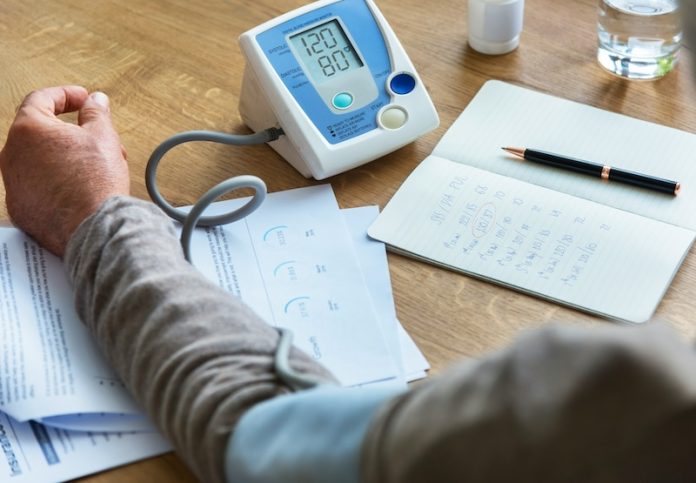
A recent study from the University of Southern California (USC) has revealed a troubling truth: many Americans don’t know what counts as a normal blood pressure level, yet they believe they do. This mismatch between confidence and knowledge could be putting millions of people at risk of undetected or untreated high blood pressure, also known as hypertension.
The study, published in the journal Medical Decision Making, surveyed 6,592 adults across the U.S. It found that nearly two-thirds of people did not know the correct numbers for normal blood pressure, yet most said they felt confident in their understanding.
To understand the issue, it’s helpful to know how blood pressure works. Blood pressure is measured using two numbers. The top number, called systolic pressure, shows how much pressure your blood puts on your arteries when your heart beats. The bottom number, or diastolic pressure, measures the pressure when your heart is resting between beats.
According to the American Heart Association, these are the official blood pressure categories:
- Normal: Less than 120/80 mm Hg
- Elevated: 120–129 systolic and less than 80 diastolic
- Stage 1 Hypertension: 130–139 systolic or 80–89 diastolic
- Stage 2 Hypertension: 140 or higher systolic or 90 or higher diastolic
- Hypertensive Crisis: Over 180 systolic and/or over 120 diastolic
High blood pressure is one of the most common health conditions in the U.S., affecting about half of all adults. It can lead to serious problems like heart disease, stroke, kidney damage, and complications in people with diabetes. Yet many people don’t feel any symptoms, which makes it easy to ignore.
One of the most striking findings from the USC study is that people who were most confident in their knowledge were less likely to take action if their blood pressure reading fell into the Stage 1 Hypertension range. In contrast, they were more likely to act when the reading was in Stage 2 Hypertension, which is more severe. This suggests that overconfidence may lead some people to wait too long to seek help or make changes, missing the chance to catch a problem early when it’s easier to manage.
This gap between what people think they know and what they actually know can be dangerous. If someone assumes their blood pressure is fine when it’s not, they may skip important check-ups, delay treatment, or ignore necessary lifestyle changes—putting themselves at higher risk of serious illness later on.
The study’s authors say that clear, simple education is key. Healthcare providers should not only check blood pressure during visits but also explain what the numbers mean and how to keep them in a healthy range. This includes talking about diet, exercise, sleep, stress, and medication when needed.
Improving public understanding of blood pressure could help more people catch problems earlier, make healthier choices, and avoid life-threatening complications. As the study shows, confidence alone isn’t enough—what matters most is having the right information and using it to take action.
To learn more, researchers recommend reading about how vitamin D may help control blood pressure in people with diabetes, how black tea could lower blood pressure naturally, and understanding the possible side effects of some blood pressure medications.
Knowing your numbers—and what they mean—can make all the difference in protecting your heart and your health.
If you care about high blood pressure, please read studies that drinking tea could help lower blood pressure, and early time-restricted eating could help improve blood pressure.
For more health information, please see recent studies about added sugar in your diet linked to higher blood pressure, and results showing vitamin D could improve blood pressure in people with diabetes.
Copyright © 2025 Knowridge Science Report. All rights reserved.



